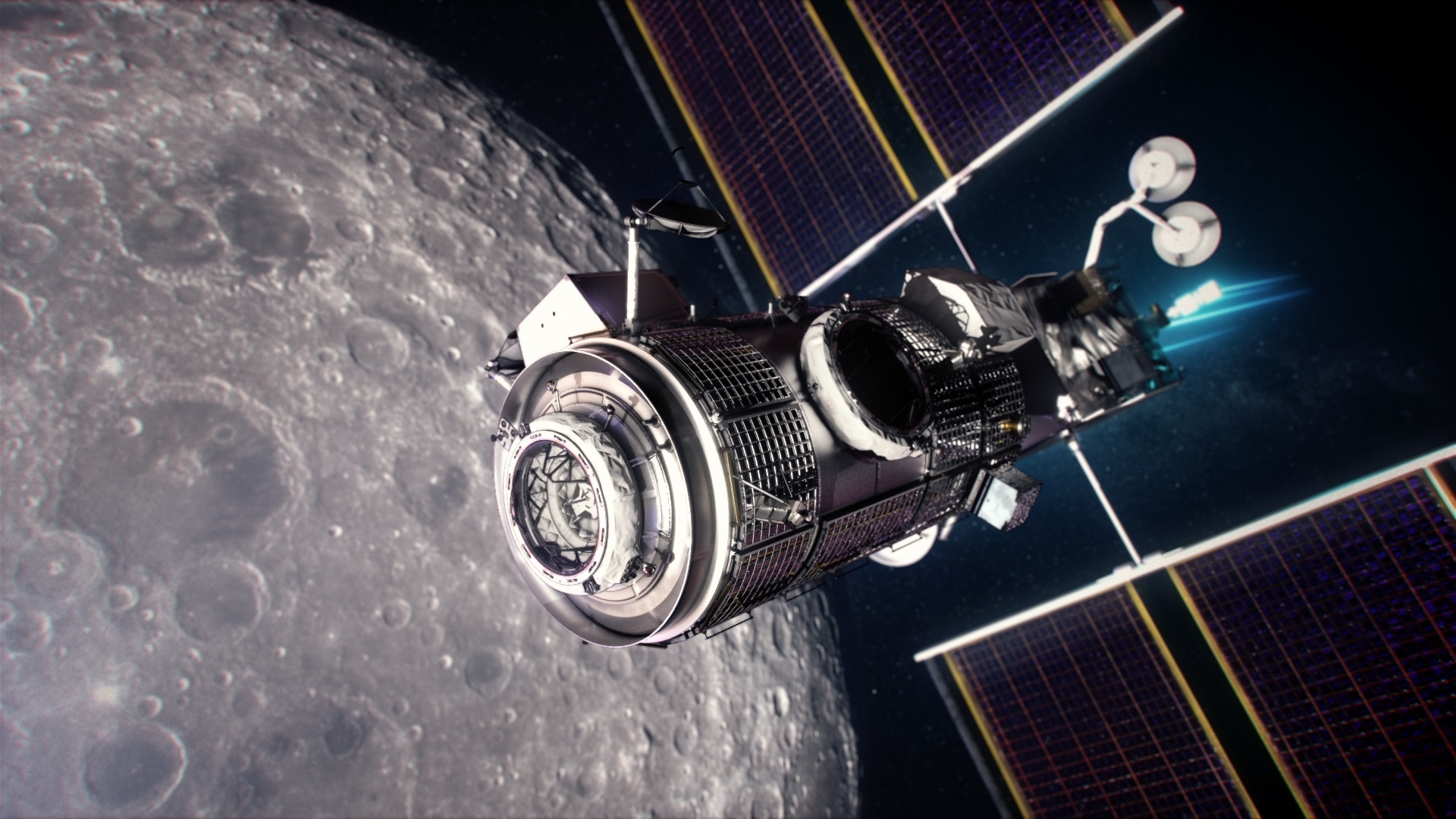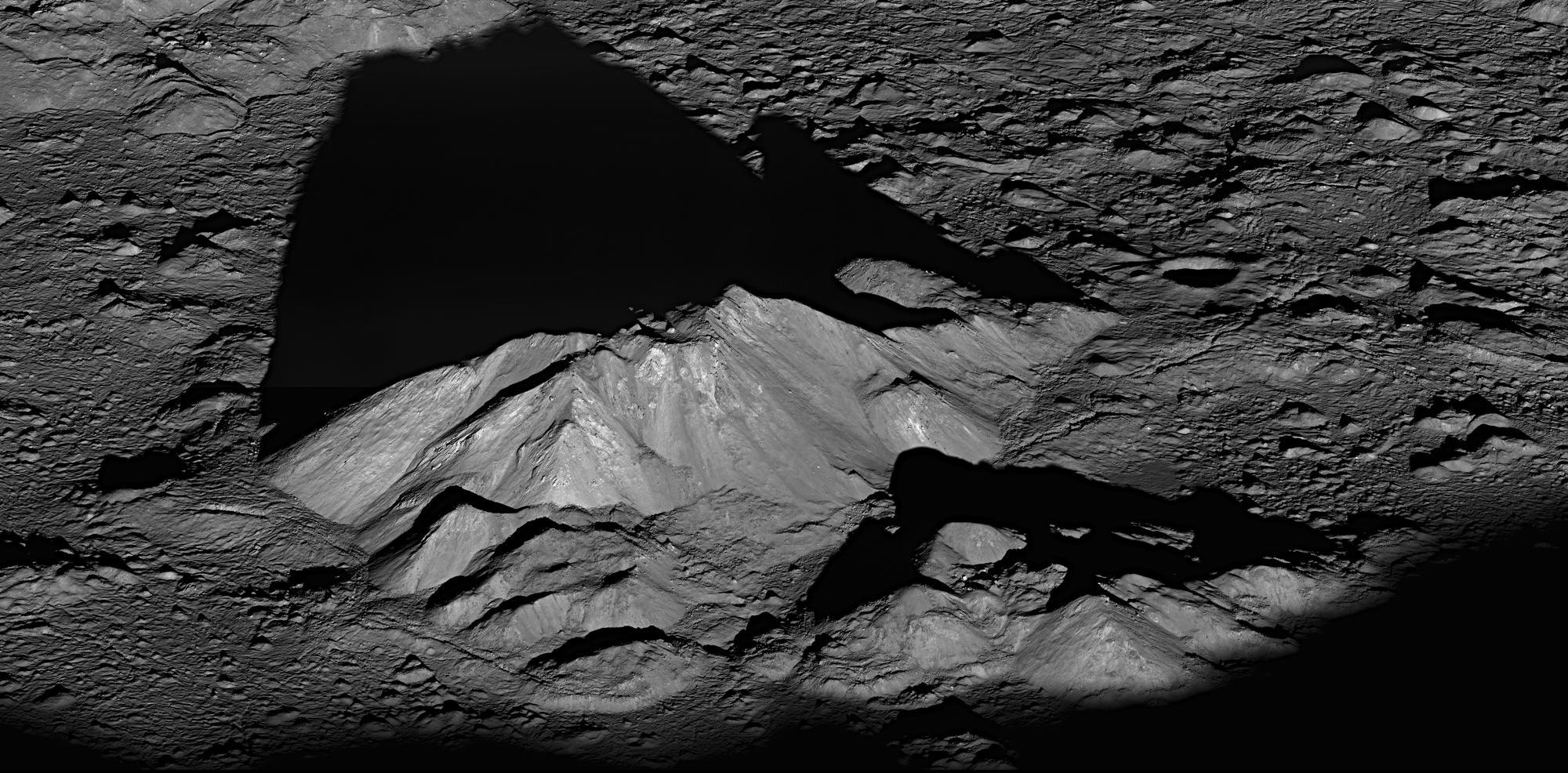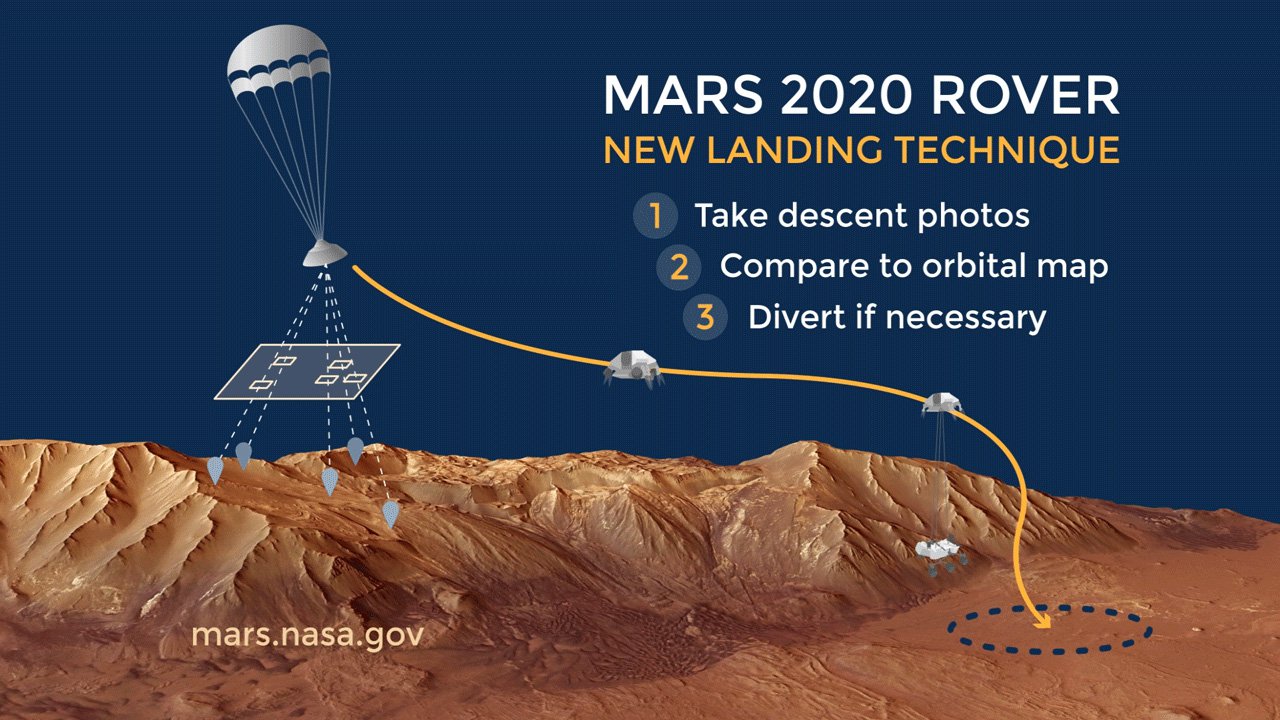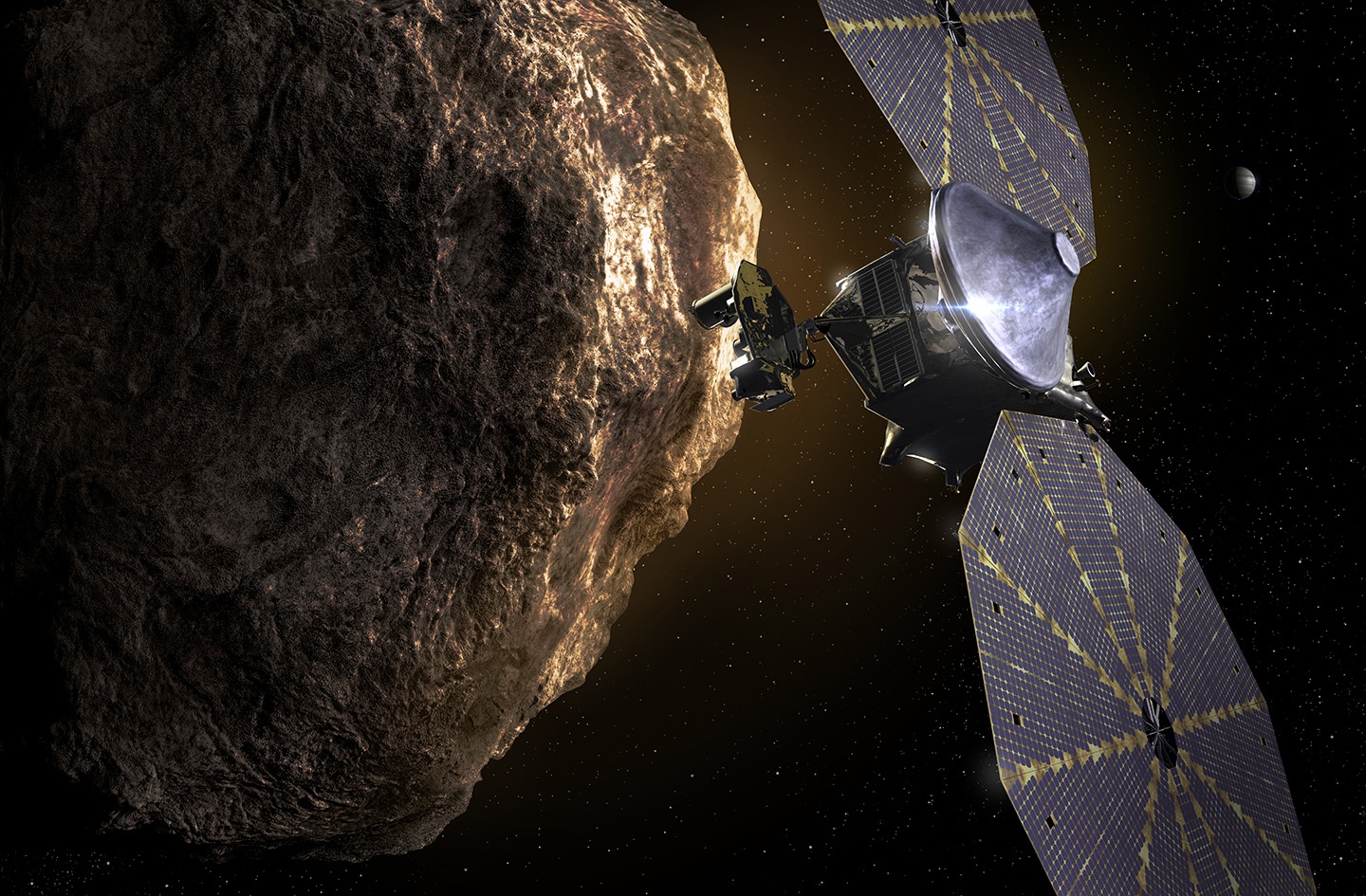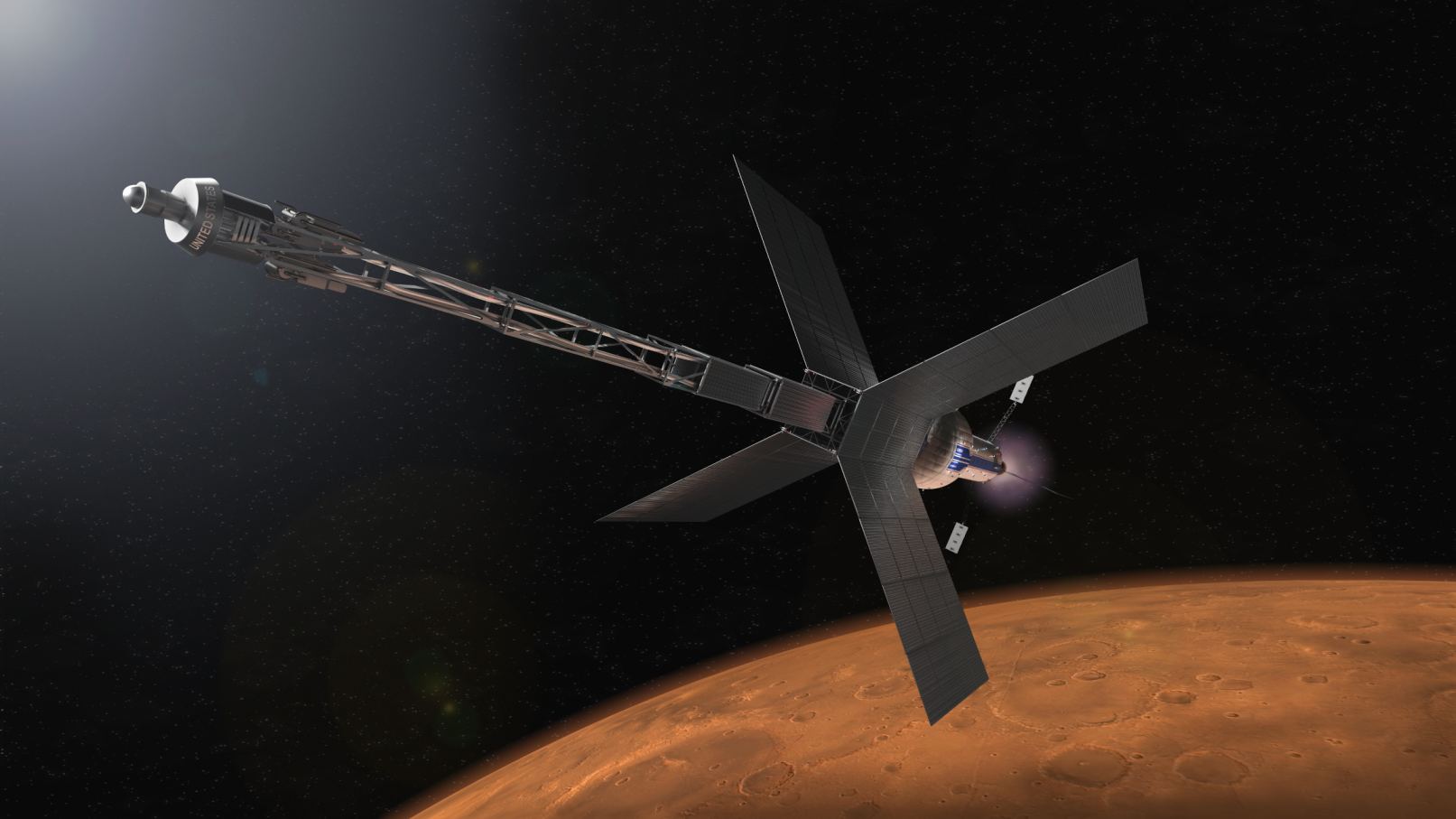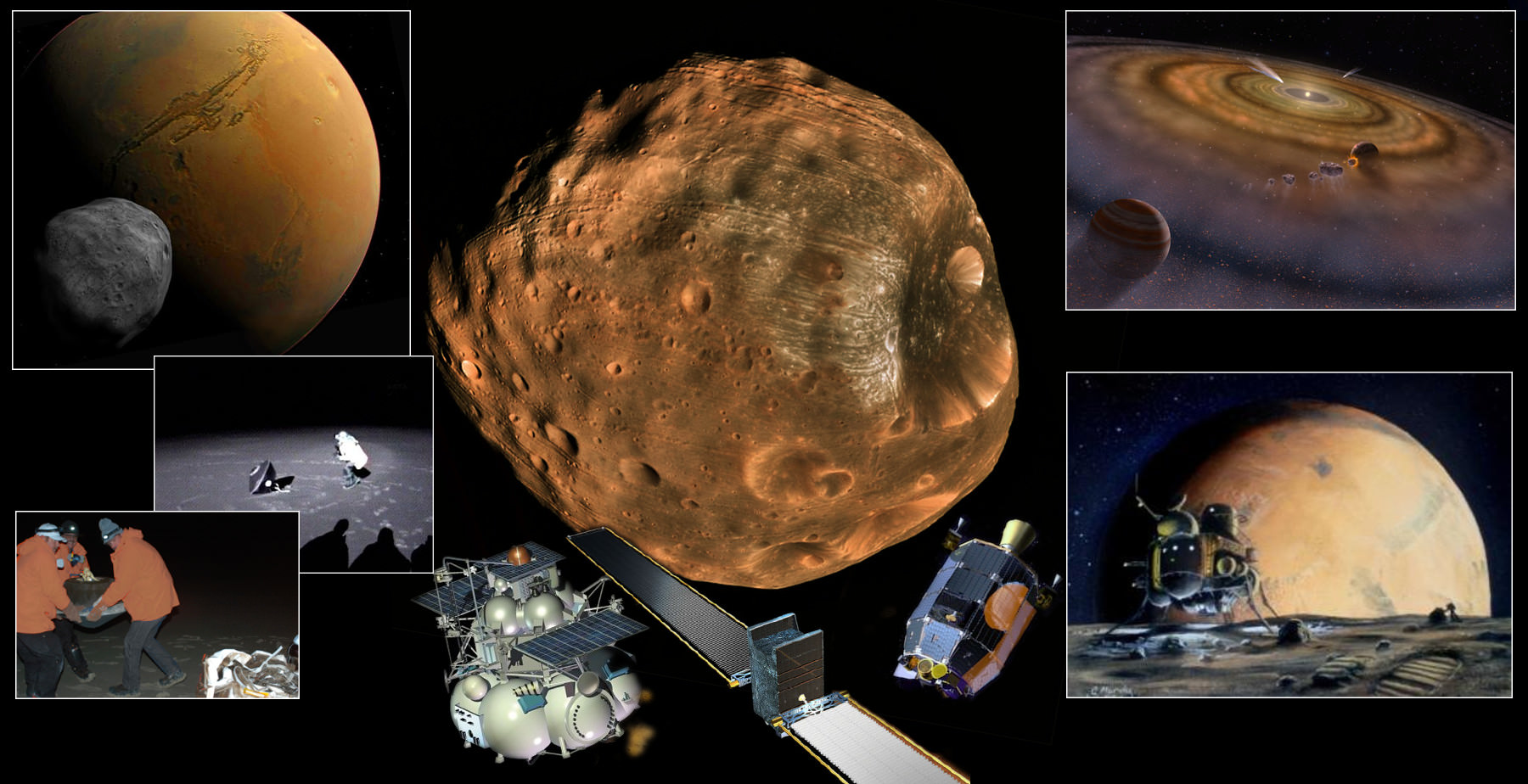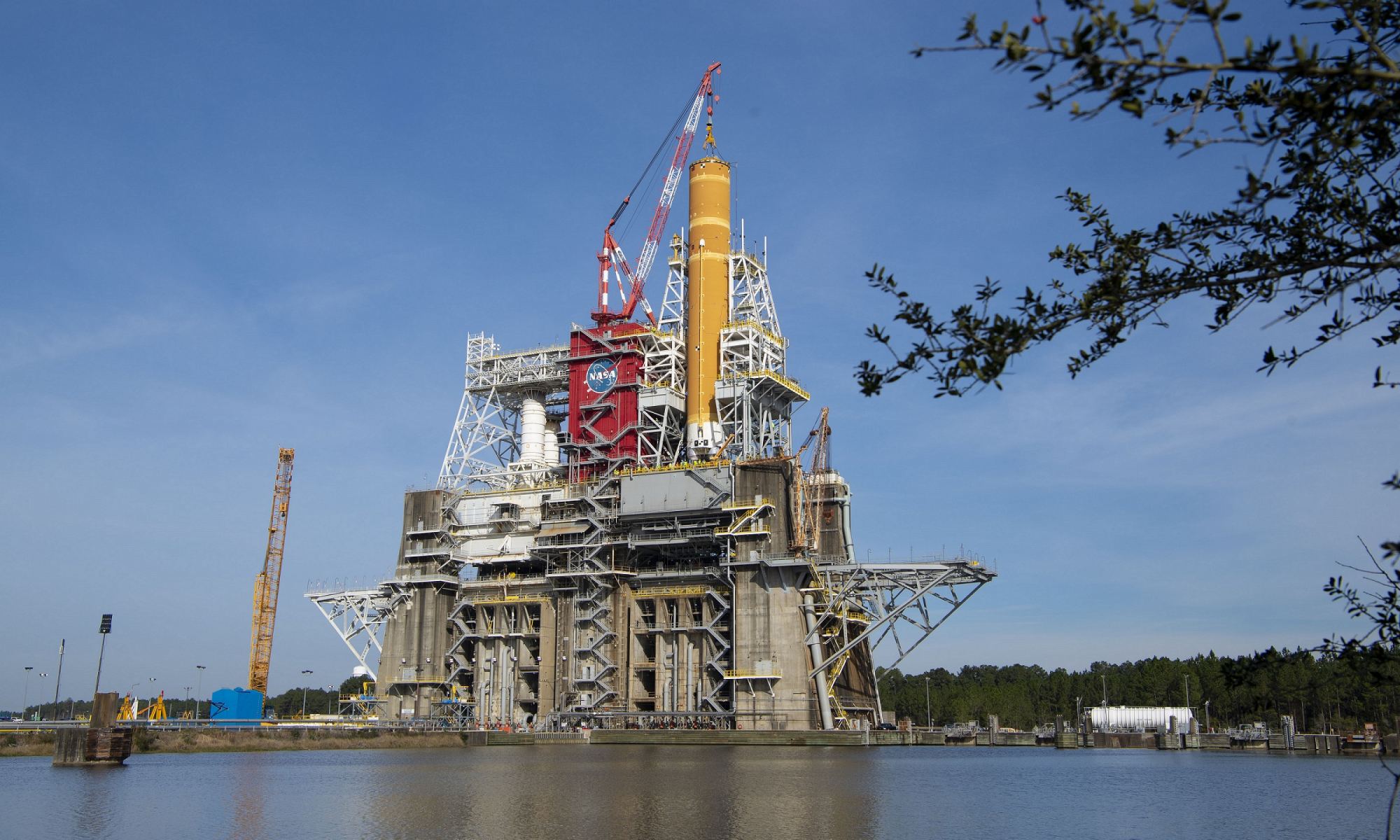In October of 2024, NASA will send “the first woman and the next man” to the Moon as part of the Artemis Program. This will be the first crewed mission to the lunar surface, and the first mission beyond Low Earth Orbit (LEO), since the closing of the Apollo Era in 1972. Beyond that, NASA plans to establish infrastructure on and around the Moon that will allow for “sustained lunar exploration and development.”
A key aspect of this is the Lunar Gateway, an orbiting habitat that will allow astronauts to make regular trips to and from the lunar surface. After much consideration, NASA recently announced that they have selected SpaceX to launch the foundational elements of the Gateway – the Power and Propulsion Element (PPE) and the Habitation and Logistics Outpost (HALO) – by May of 2024 (at the earliest).
Continue reading “NASA has Decided to Start Building the Lunar Gateway Using the Falcon Heavy”
